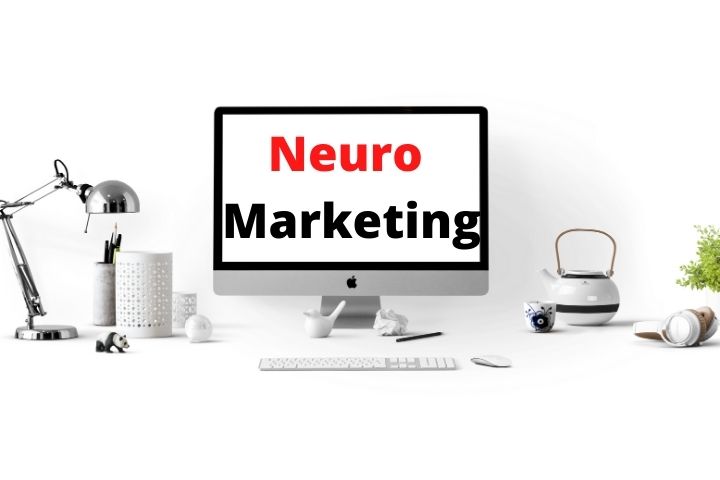NeuroMarketing & Effects Of Senses In Marketing

Marketing has more and more science and less art. Specifically, Neuromarketing continues to provide insights on how our brain reacts to different stimuli and how we can apply them to our campaigns.
One of the latest studies in this field, carried out by Walnut Unlimited for Walnut Media in collaboration with the sports store chain INTERSPORT, has produced a most interesting conclusion: sensory marketing can increase store sales by up to 10%.
Table of Contents
Definition
Neuromarketing is a discipline that studies and predicts the behaviors and reactions generated in the face of marketing practices. It is about the application of neuroscience technologies to marketing.
Neuroscience is a field that tries to know the functioning of the nervous system and its relationship with higher functions, such as memory, attention, or emotions.
But on the other hand, neuromarketing is also a region that requires multidisciplinary knowledge in different fields, psychology, marketing, or economics … to know and understand the usefulness of the application and its results.
The results obtained are applicable to offline and online advertising, television, packaging designs, visual merchandising, or web design and software, among others.
Types Of Neuromarketing
Neuromarketing uses 3 non-exclusive routes between them.
- Visual: they are all those images that the consumer receives and that creates an impact on him, and therefore will be more easily remembered.
- Auditory: refers to the sounds that allow the memory and association of an advertising action, also those that affect the environment by creating environments through music or sounds, or also the use of the ASMR technique ( Autonomous Sensory Meridian Response ), which uses sounds that produce pleasant sensations in us, such as the creaking of chocolate in an advertisement.
- Kinesthetic: through smell, taste, or touch we can influence the consumer. The packaging of a product, its texture, or the specific aroma of an establishment allows association and remembrance.
We must know the biases and motivations of our clients.
Effects Of Senses In Marketing
- Shoppers bought more items (4% more) and more expensive (priced 6% higher) when sensory marketing elements were employed
- The use of smells is even more striking when used to highlight a specific department or area within the store. In the football- smelling area, clients’ emotional levels were 28% higher. In addition, sales of this product category increased by 26% compared to control stores
- According to the galvanic responses of the skin, the lack of sensory marketing elements in the store made many people utmost 17% feel insecure while shopping.
- Buyers showed an emotional increase of 50% when they touched and interacted with a product. This clearly shows that store sales continue to play an important and irreplaceable role.






